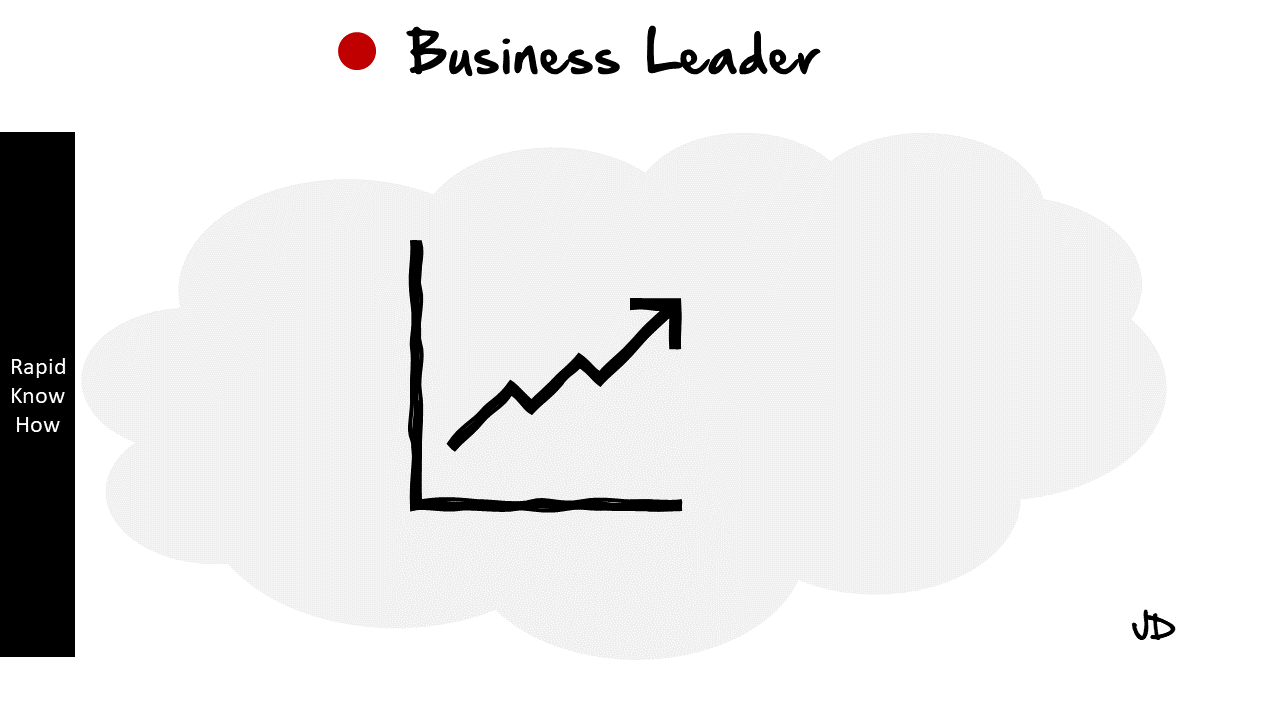Manufacturing Industry: How to Optimise Your Operating Income?
Operating income is a critical measure of a company’s profitability and performance. It is the amount of profit realised from a business’s operations, after deducting operating expenses such as wages, depreciation, and cost of goods sold (COGS). In the manufacturing industry, optimising operating income is paramount to ensuring the sustainability and growth of the business.
Here are some strategies to consider:
1. Increasing Your Profitable Sales
The first step towards optimising your operating income is by increasing your profitable sales.
This can be achieved through various strategies such as improving product quality, expanding market reach, and enhancing customer service.
- Product quality can be improved by investing in research and development (R&D) to innovate and create products that meet or exceed customer expectations.
- Expanding market reach involves identifying new markets or segments where your products can be sold. This could be through geographical expansion or targeting new demographic groups.
- Enhancing customer service involves ensuring that customers are satisfied with your products and services, which can lead to repeat purchases and referrals.
2. Decreasing Your Costs of Goods Sold (COGS)
The second strategy involves decreasing your COGS.
This can be achieved through efficient production processes, cost-effective sourcing of raw materials, and effective inventory management.
- Efficient production processes involve adopting lean manufacturing techniques that eliminate waste in the production process. This could include reducing idle time, minimising defects, and optimising machine utilisation.
- Cost-effective sourcing of raw materials involves negotiating favourable terms with suppliers or finding alternative sources that offer better prices without compromising on quality.
- Effective inventory management involves ensuring that you have just enough inventory to meet demand without tying up too much capital in stock.
3. Optimising Your Selling Expenses
The third strategy involves optimising your selling expenses.
This can be achieved by improving sales efficiency and effectiveness.
- Sales efficiency can be improved by adopting sales automation tools that streamline the sales process, reducing the time and effort required to make a sale.
- Sales effectiveness can be improved by training your sales team to better understand customer needs and tailor their sales pitches accordingly. This can lead to higher conversion rates and larger average order sizes.
4. Optimising Your Administration Expenses
The fourth strategy involves optimising your administration expenses.
This can be achieved by streamlining administrative processes, adopting cost-effective technologies, and outsourcing non-core activities.
- Streamlining administrative processes involves identifying and eliminating unnecessary steps in your administrative procedures, reducing the time and resources required to complete them.
- Adopting cost-effective technologies involves using software or hardware that can perform administrative tasks more efficiently and accurately.
- Outsourcing non-core activities involves contracting third-party providers to perform tasks that are not central to your business, freeing up your resources to focus on core activities.
Conclusion – Leadership Delivered
In conclusion, optimising operating income in the manufacturing industry involves a combination of increasing profitable sales, decreasing COGS, optimising selling and administration expenses. It requires strong leadership to drive these changes and ensure they are effectively implemented across the organisation. By adopting these strategies, manufacturing companies can improve their profitability and ensure their long-term sustainability in an increasingly competitive market.
